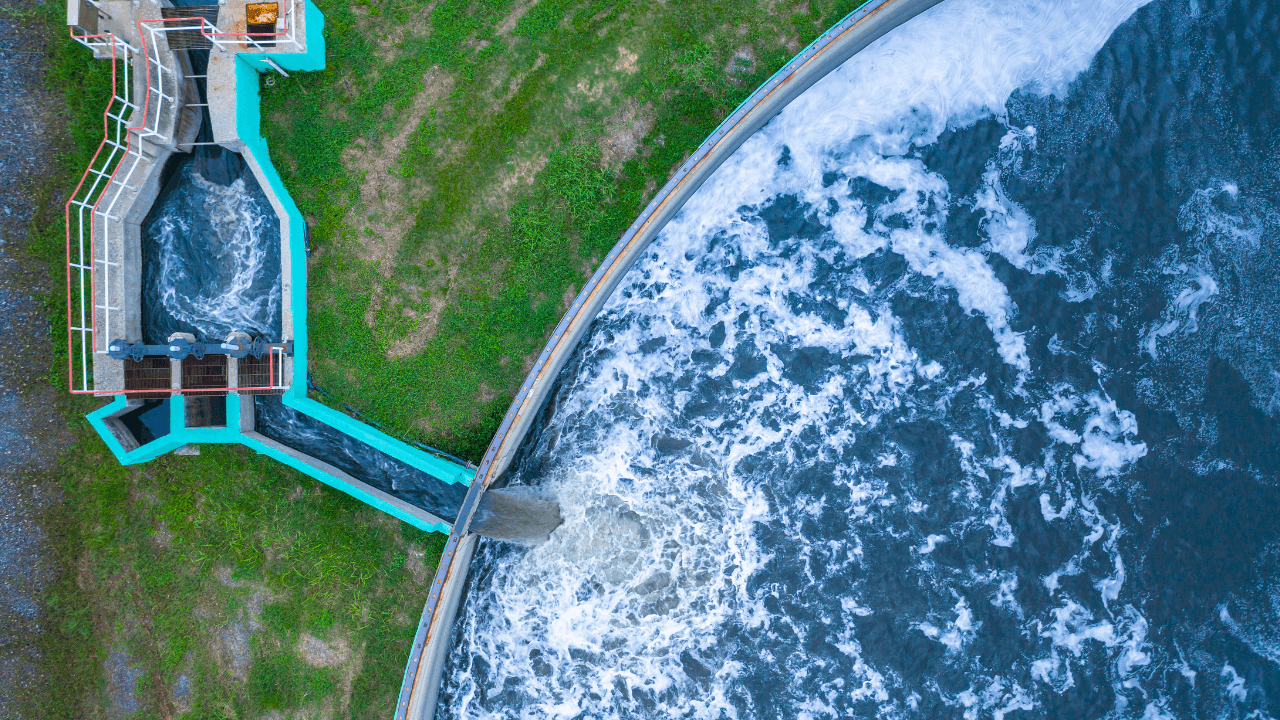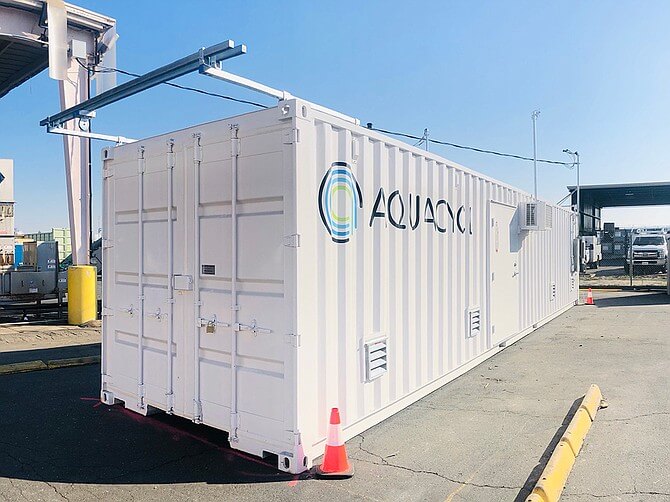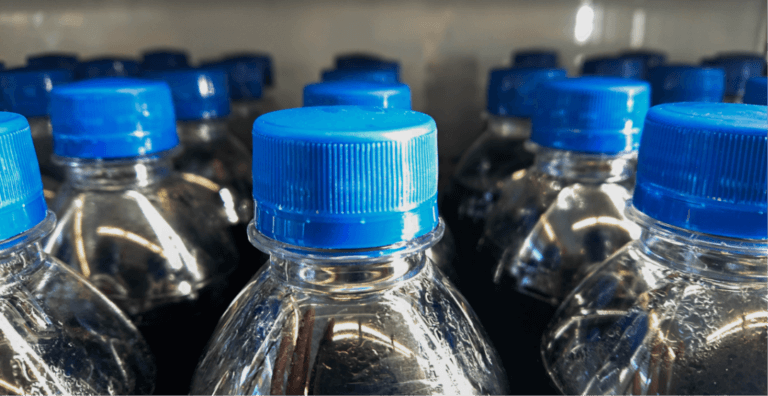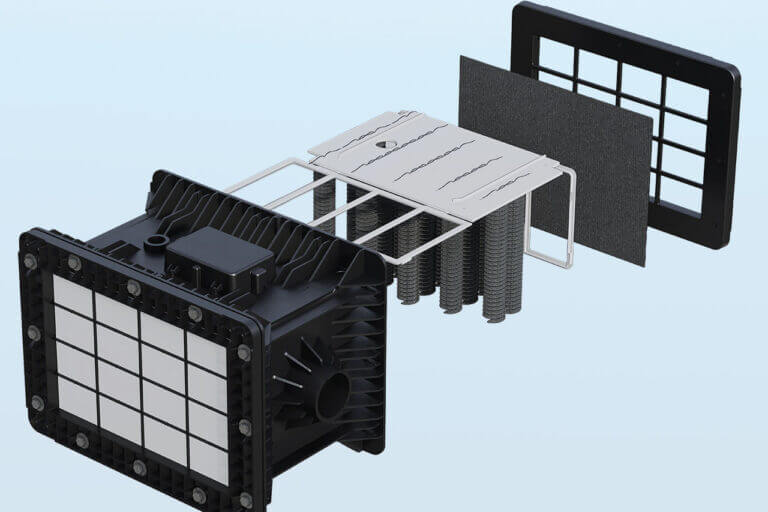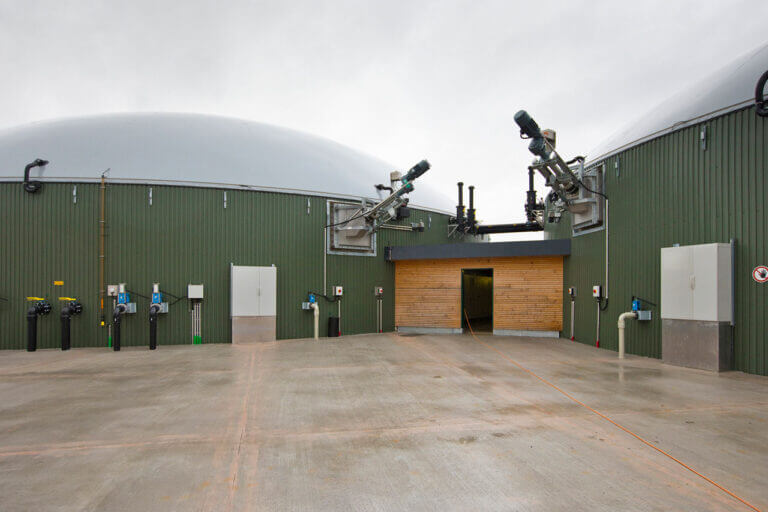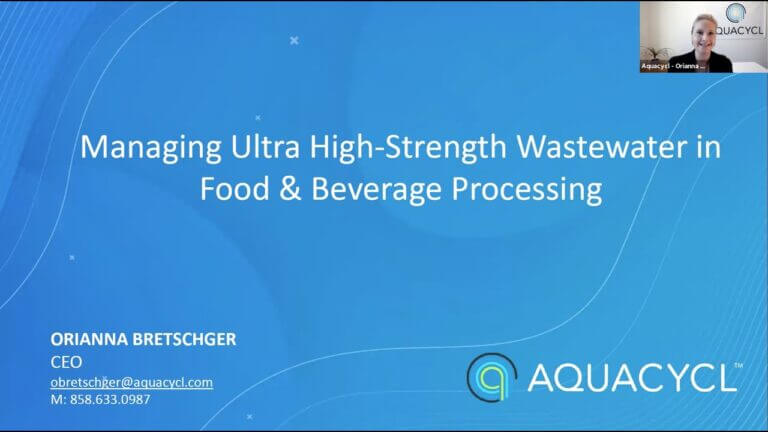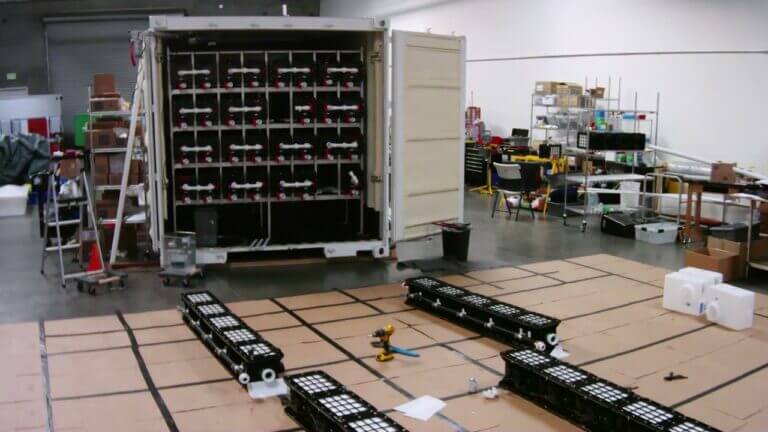As you progress towards your water efficiency goals, have you considered the downstream effects of reducing water usage? We’re addressing what emerges from the pipe because water efficiency cannot be achieved without the treatment of wastewater.
It’s crucial to approach water efficiency holistically, as reducing water usage in production can have cascading consequences for your facility. While achieving a 50% reduction in water usage or attaining best-in-class water-use ratios is great, there’s a risk of tunnel vision. Focusing solely on reducing water intake without considering the challenges downstream can lead to unforeseen complications.
The Domino Effect of Water Efficiency
When you reduce water usage upstream in your production facility, you inevitably generate wastewater that is more concentrated in pollutants. The less water you use, the less water you discharge, but since pollutants remain the same, the wastewater becomes more concentrated. This increase in concentration requires a different approach to wastewater treatment than what you were previously doing.
The problem arises when you do not plan for this, leading to potentially significant consequences in your wastewater treatment that can ultimately impact your production. Whether you’re treating wastewater onsite or discharging it to the sewer, it’s essential to consider the downstream effects of water efficiency.
Navigating the Challenges
If you’re discharging to the sewer, you could encounter issues with your utility. Despite reducing the volume flowing down the drain, the increased concentration of pollutants poses challenges for downstream centralized wastewater treatment facilities. Your utility anticipates a specific concentration of pollutants from your production processes, and likely you will have a discharge permit specifying these limits, so they may request dilution or the addition of cleaner water to your wastewater before discharge. In some cases, they might even require you to transport the wastewater offsite to another facility or for land application instead of sending it to the sewer as before.
If your facility already has an existing wastewater treatment system, you’ll need to adjust its operation to handle the higher concentration of waste streams. This adjustment may lead to increased energy consumption, higher sludge production, or more chemical addition, and in turn, increased costs, especially if you have an aeration system. In some instances, the existing aeration system may no longer function effectively, regardless of how much energy input is increased.
You may now require an anaerobic digester that’s more adept at handling higher concentration wastewaters. However, due to the smaller volume, your typical anaerobic digester may not be the best solution. These systems typically make the most financial sense with volumes upwards of 100,000 gallons per day; lower volumes would not make this the most cost-effective solution. The traditional approach to addressing this issue has been to simply dilute the concentrated wastewater by adding cleaner water back in. While this increases the volume and decreases the concentration of your wastewater, it negates all the water efficiency progress you made upstream.
Another option for managing these high-concentration streams is to utilize offsite alternatives such as land application or incineration. The implications of these alternatives are significant, ranging from environmental concerns to business risks and costs.
Land application and incineration degrade the land and watersheds by dumping concentrated wastewater into landfill pits or burning it in the case of incineration. Both methods also release large amounts of greenhouse gas emissions as the pollutants in the wastewater break down. Utilizing either alternative requires offsite hauling of the wastewater, which is not only costly but also poses pollution risks to your business if something happens on the road. There’s a risk of spillage, reputational damage, and in cases where the hauling company is unable to accept your wastewater, production shutdowns may occur.
So, you find yourself stuck between a rock and a hard place. How can you reduce water usage in your production while still maintaining efficiency, cost-effectiveness, and value in your wastewater treatment?
That’s where Aquacycl comes in. We operate on a much smaller footprint, in a lower volume scale with a specialty in treating high concentration wastewaters.
A Holistic Solution to Water Efficiency
As your partner in wastewater treatment, Aquacycl provides a holistic solution to the downstream challenges of water efficiency. As the only industrial wastewater treatment provider capable of handling the high-strength wastewater generated by water-efficient production facilities, without dilution, we eliminate the need to add water to outflows or haul wastewater offsite. By employing a stream segregation approach, we offer point source treatment for your most concentrated streams using an energy-neutral, carbon-neutral system.
What’s great about this is you can handle the downstream challenges of water efficiency while making progress towards reducing carbon emissions across all three Scopes in your ESG plan. Plus, we can enable water reuse so you can gain additional value from otherwise wasted water, providing you with a holistic, cost-effective solution.
Going Beyond Efficiency to Reuse
There is significant value in managing water efficiency holistically, especially when you look beyond water input and incorporate reuse solutions for your water output. By integrating wastewater into water efficiency efforts, you can make even greater progress to reducing water-use ratios through water reuse. Water reuse involves utilizing water that would otherwise be wasted and treating it to reuse quality to be reused in production.
The treatment required for water reuse varies depending on the pollutants present, the application for reuse, and local regulations. However, once reuse quality is achieved, the water can be utilized for many non-potable processes within your facility. This includes irrigation, industrial and agricultural processes, as well as replenishing aquifers, basins, and reservoirs. Aquacycl will work with your specific needs and regulations to enable reuse quality for your facility.
By going beyond conventional treatment techniques for high-strength wastewater you unlock new avenues for achieving efficient water use in your facility and reaching those best-in-class water-use ratios.
If you are looking for a deeper dive on the subject, check out our Wastewater Wednesday video on the Domino Effect of Saving Water:


